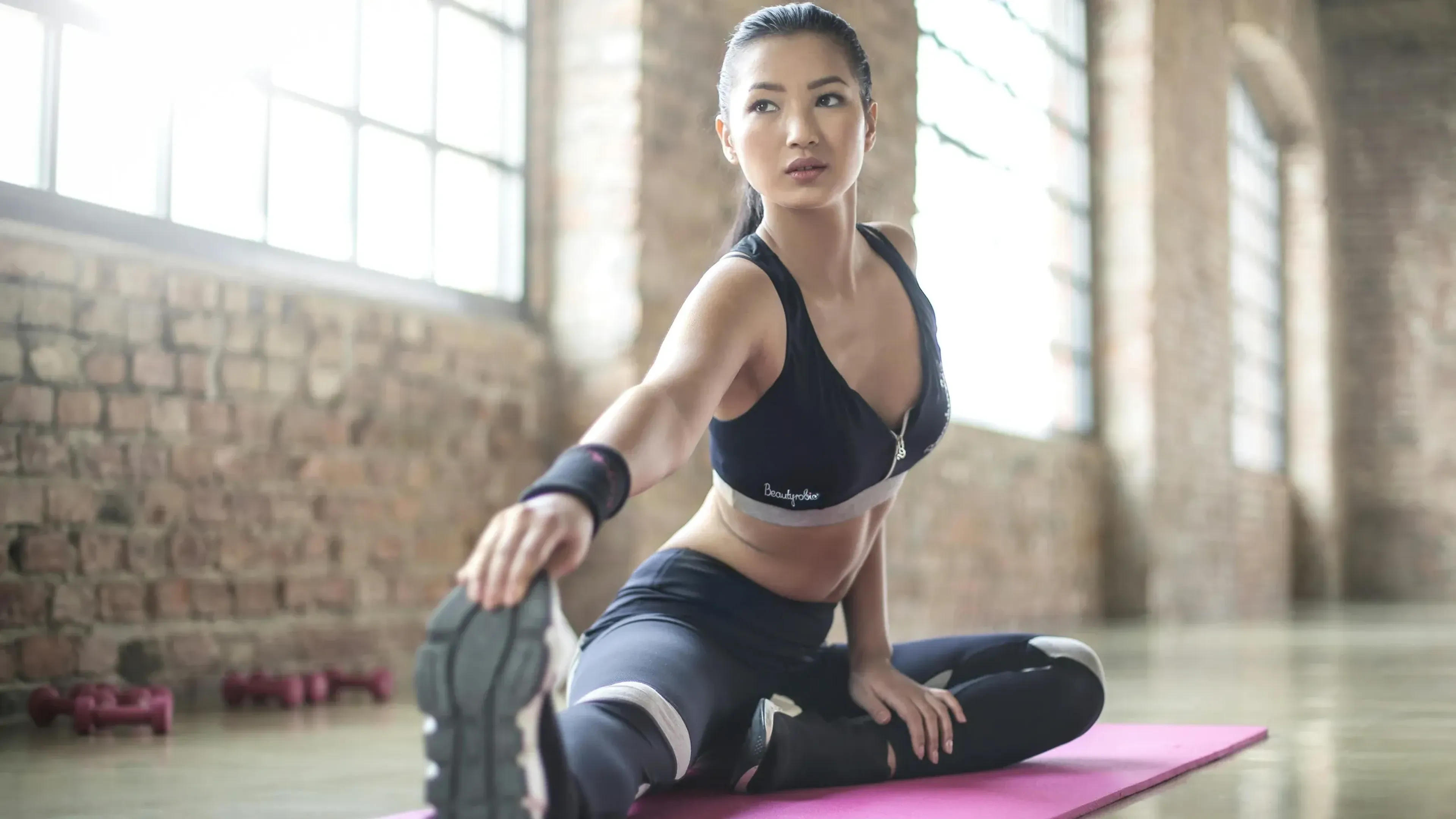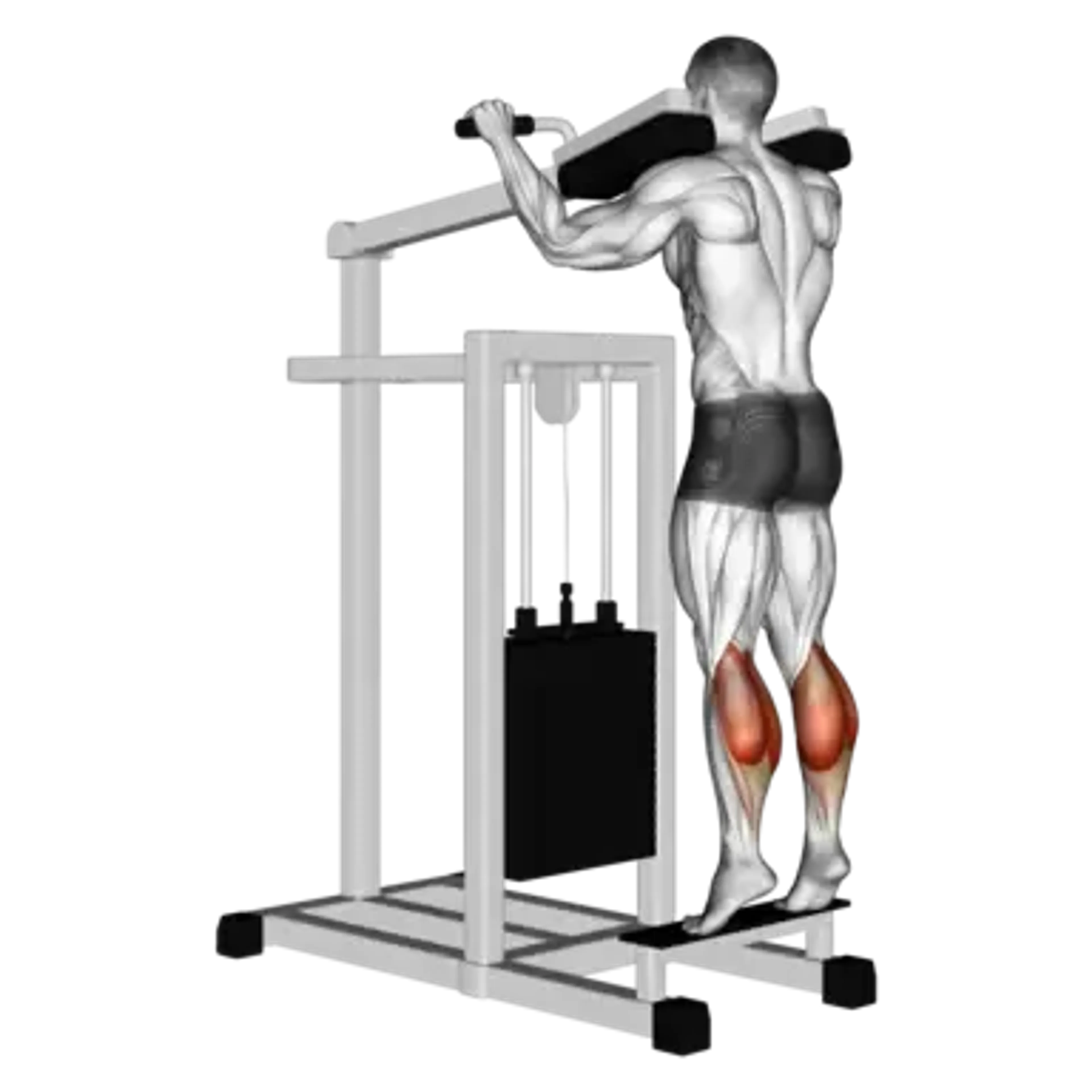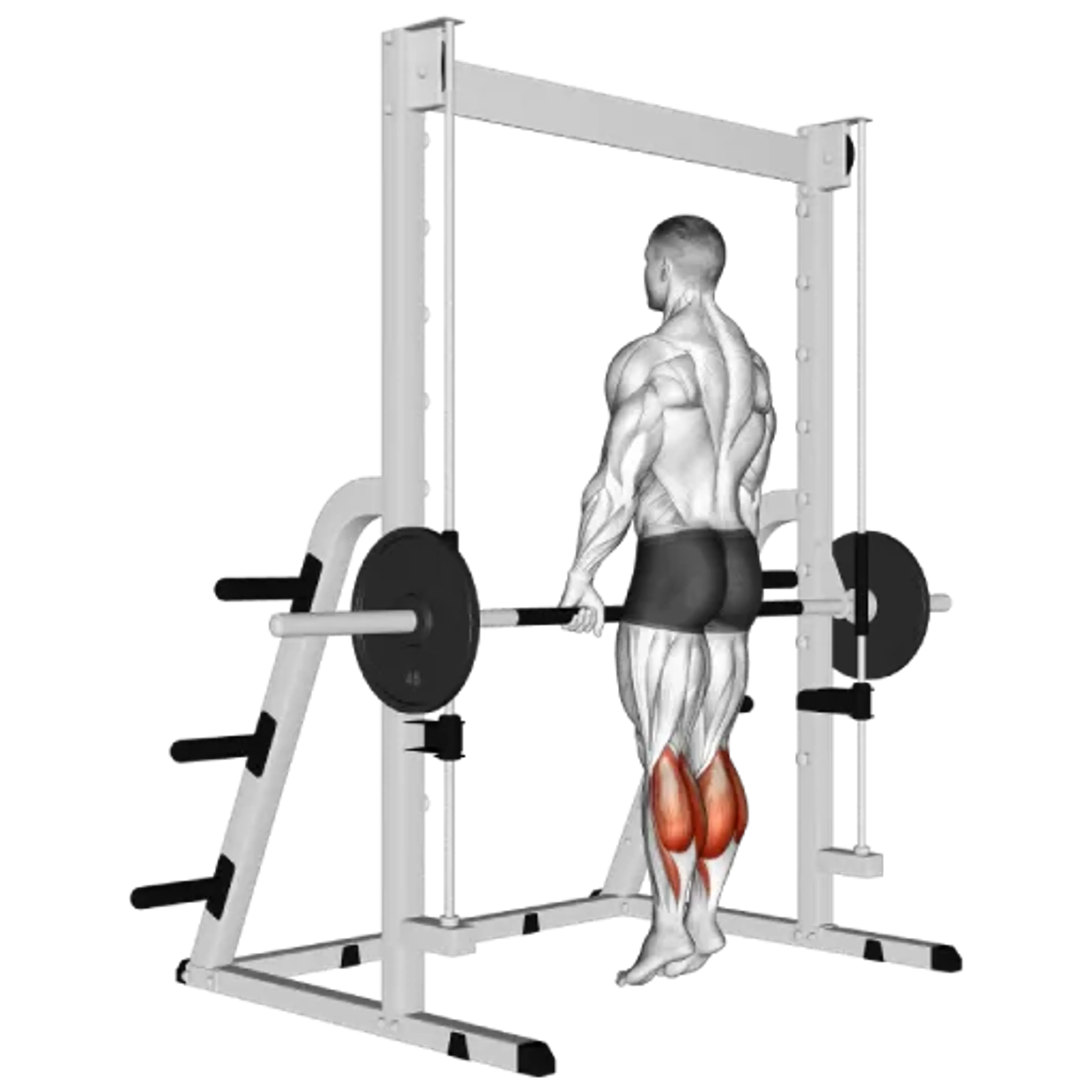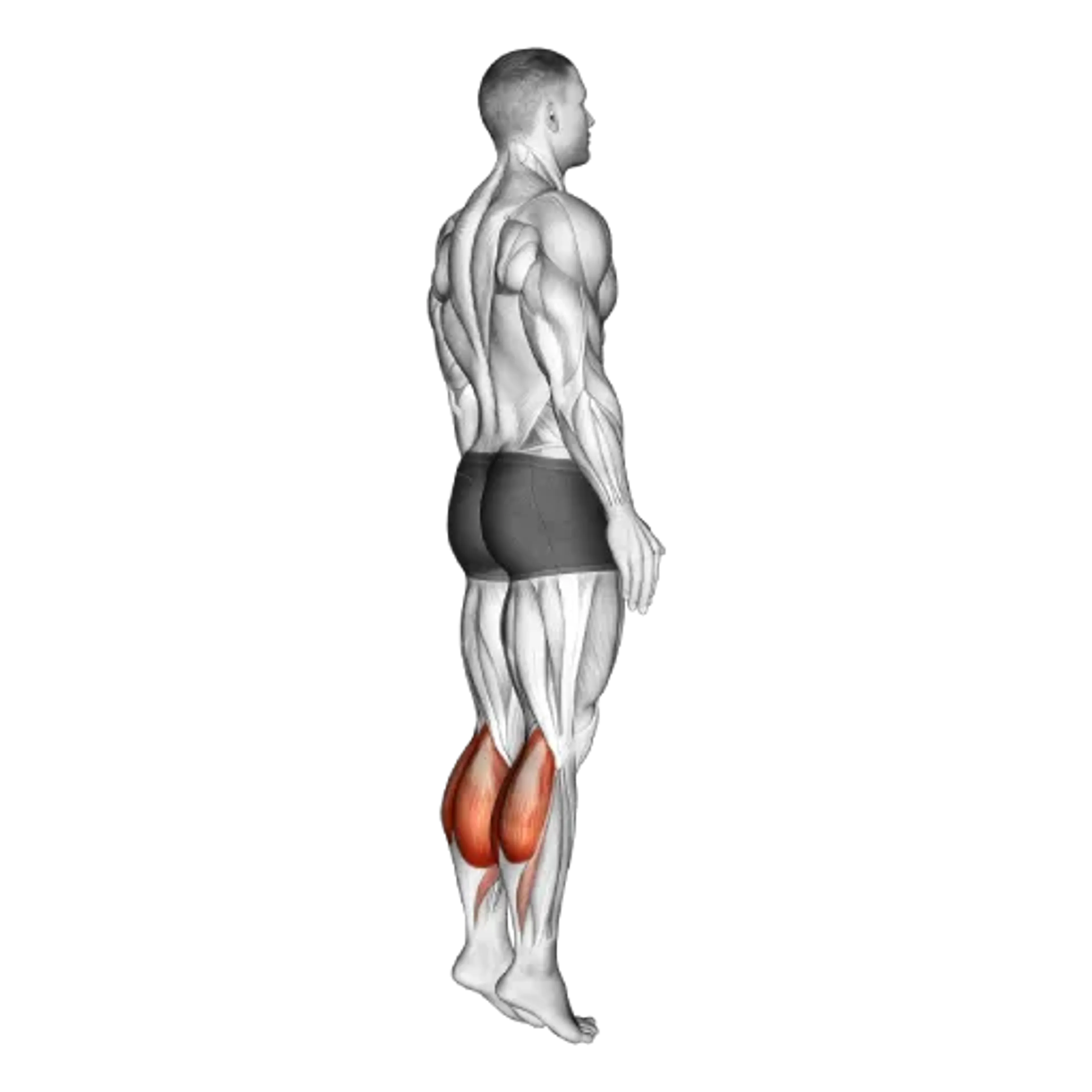Dumbbell Standing Calf Raise

Overview
- Primary Focus:
- Calves.
- Equipment:
- Dumbbell.
- Difficulty:
- Beginner.
General Information
Dumbbell Standing Calf Raise is an isolation exercise that primarily targets the calves, specifically the gastrocnemius muscle. It is a beginner-friendly exercise that can be performed with minimal equipment, making it an excellent choice for home workouts or gym training.
Unlike barbell variations, this exercise allows for better control and balance since the dumbbells are held at the sides rather than placed on the back. It can be done on a flat surface or with the front of the feet elevated on a step to increase the range of motion, leading to a deeper stretch and stronger contraction.
Consistently including Dumbbell Standing Calf Raises in a workout routine can help build calf strength, improve lower leg endurance, and enhance overall stability, which is beneficial for activities like running, jumping, and walking.
Muscles Worked
- Gastrocnemius (Lateral Head)
- Primary
- Gastrocnemius (Medial Head)
- Primary
- Soleus
- High
- Peroneus Longus
- Medium
Instructions
- Hold a dumbbell in each hand with a neutral grip, arms hanging by your sides.
- Stand with your feet hip-width apart and keep your posture upright.
- Position the balls of your feet on an elevated surface (optional) with your heels hanging off.
- Press through the balls of your feet and lift your heels as high as possible, contracting your calves at the top.
- Pause briefly before slowly lowering your heels back to the starting position.
- Repeat for the desired number of repetitions.
Common Mistakes
Injuries
Dumbbell Standing Calf Raise is a low to medium risk exercise, but improper form or excessive weight can increase the likelihood of injury.
- Achilles Tendon Strain – Overstretching or using excessive weight can put strain on the Achilles tendon. Avoid bouncing at the bottom and use controlled movements.
- Ankle Instability – Weak stabilizer muscles or improper foot positioning can lead to ankle rolling. Keep your weight evenly distributed and avoid excessive leaning.
- Lower Back Discomfort – Holding heavy dumbbells with poor posture can cause lower back strain. Engage your core and maintain an upright stance to reduce stress on the spine.
To minimize injury risk, focus on proper technique, start with light weights, and gradually increase resistance as your strength improves.
Alternative Exercises

Frequently Asked Questions
- Q: Can I do this exercise without dumbbells?
Yes, you can perform bodyweight calf raises if you're a beginner or lack equipment.
- Q: How many reps should I do?
12-20 reps per set is ideal for calf endurance and growth.
- Q: Is it better to do calf raises on a step?
Using a step increases the range of motion, making the exercise more effective.
Overview
- Primary Focus:
- Calves.
- Equipment:
- Dumbbell.
- Difficulty:
- Beginner.



